- 5-minute emails sent twice weekly
- Live Updates as news happens
- Learn about the Conclave, Cardinals, and Church History
THE CHAIR OF ST. PETER FROM THEN TO NOW
On This Rock
The Pope is the successor of St. Peter, the leader of the apostles. Aside from leading the institutional Catholic Church, the Pope serves as a world leader advocating for human dignity and a spiritual father to millions of Christians worldwide.
Join us in reflection on the history of the Papacy and significant Popes throughout the centuries
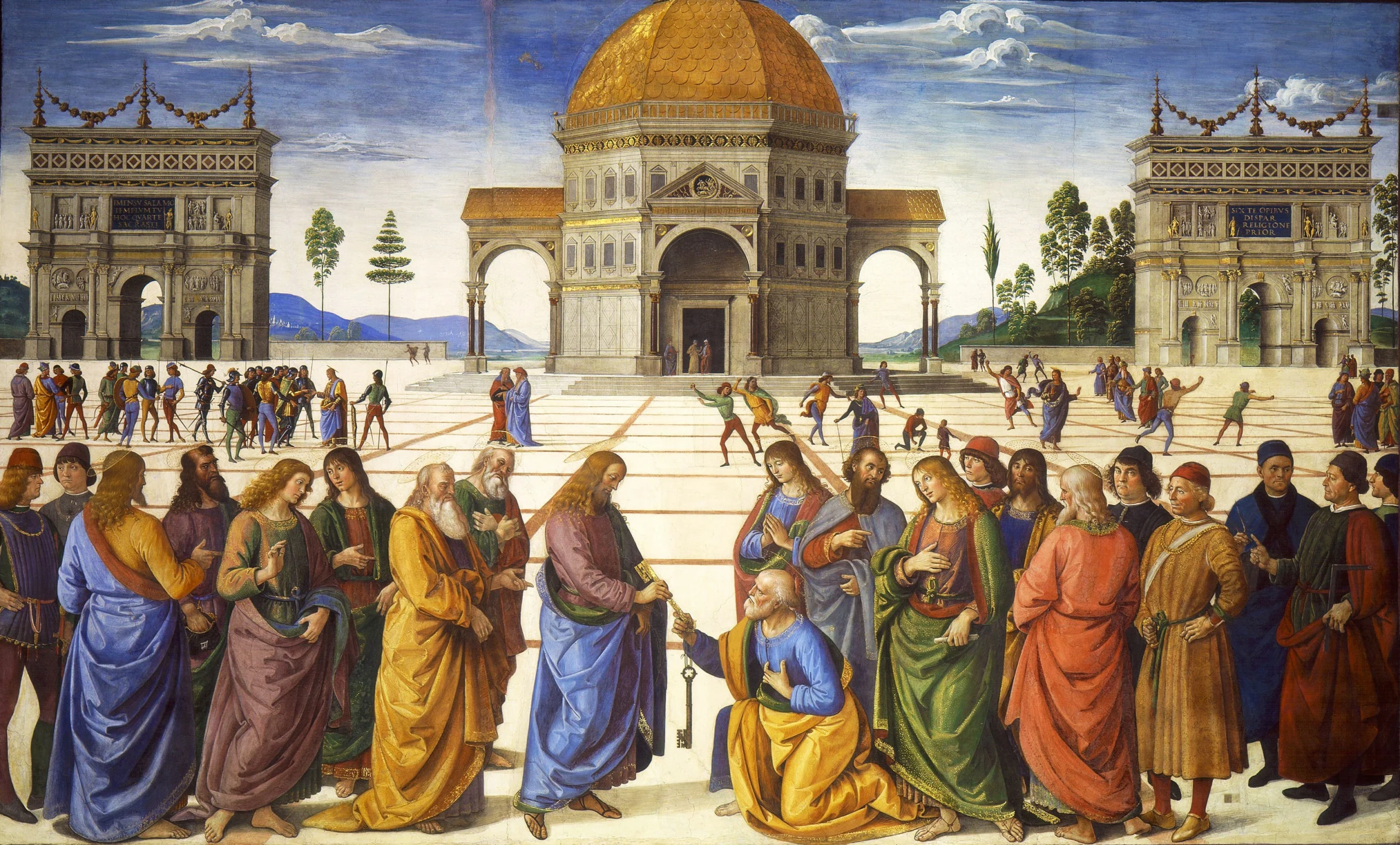
c. 33 AD
Jesus appoints Peter to the Papacy (Matthew 16:19)
Jesus tells Peter, "You are the rock," instituting Peter as the head of the Apostles and father of the universal Church.
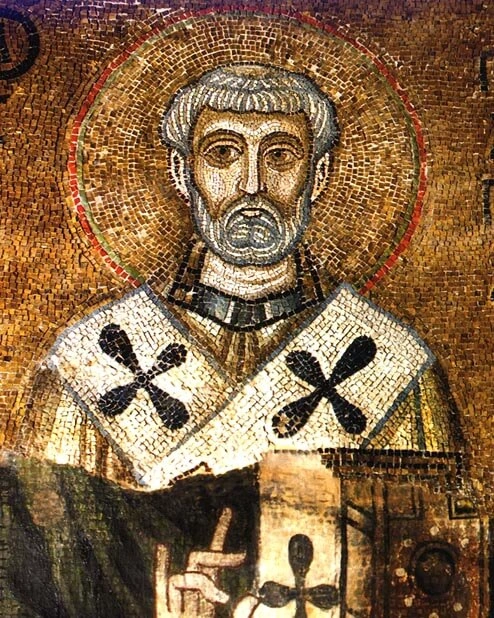
c. 96 AD
Clement I issues the First Epistle to the Corinthians
A trend-setting exercise of papal authority beyond Rome, showing Peter’s successors' understanding of their position.
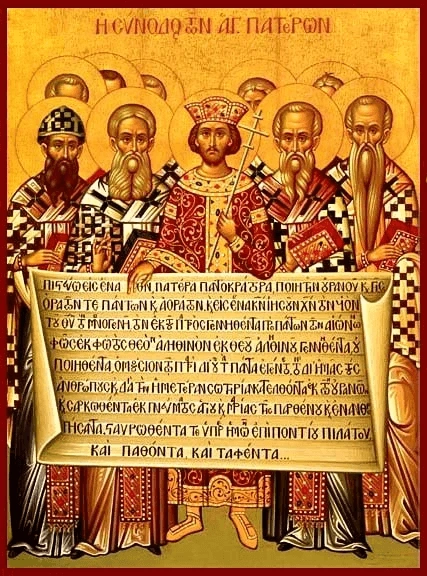
313 AD
Edict of Milan legalizes Christianity
Roman Emperor Constantine the Great converts, granting religious freedom to Christians. Papal influence grows politically.
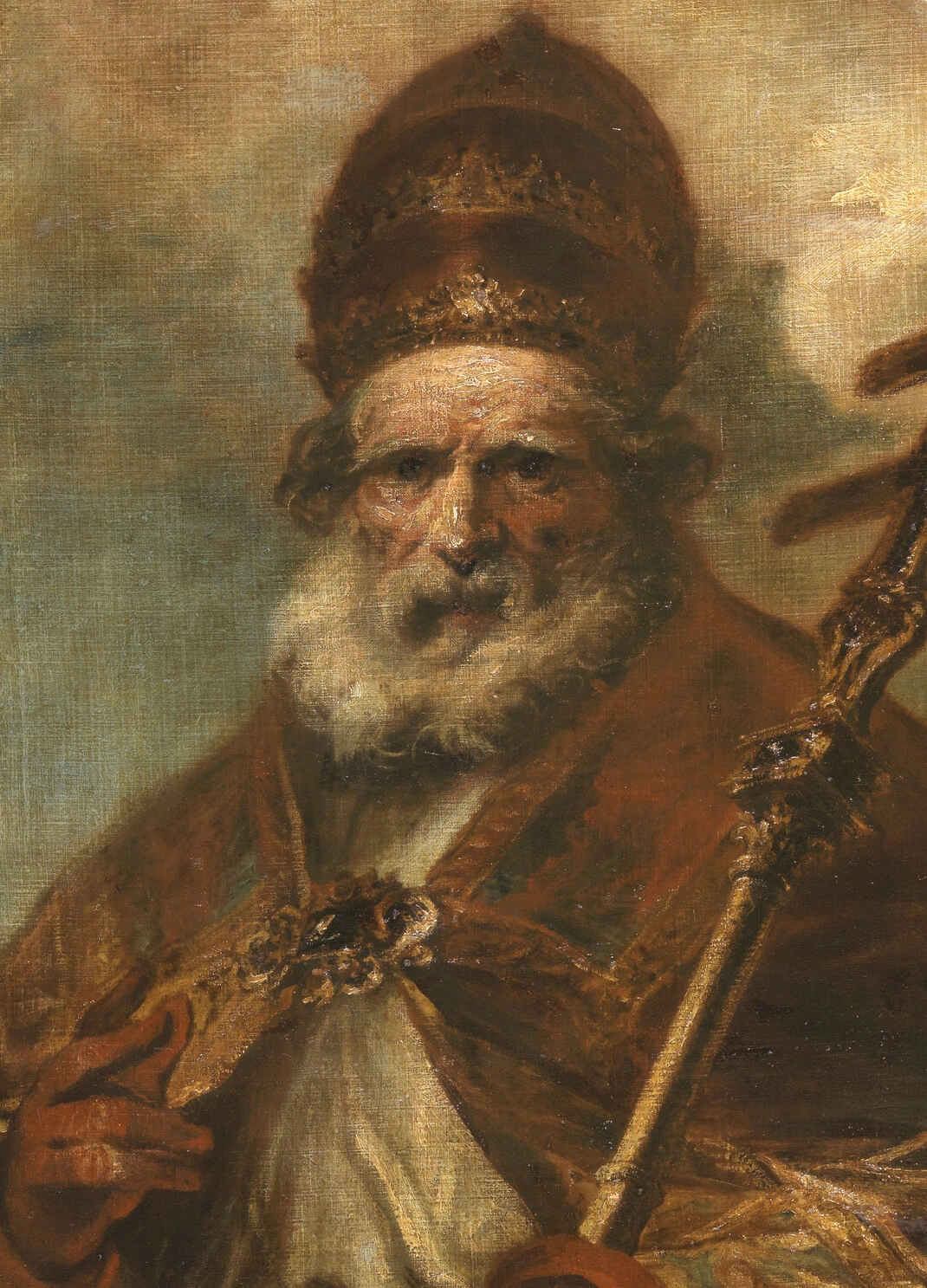
440–461 AD
Pope Leo I centralizes papal authority
Strengthens papal primacy, paving the way for more structured succession processes.

6th Century
Assertion of Roman primacy over Eastern sees
Popes assert authority over the Byzantine capital in Constantinople, emphasizing Rome's Petrine authority and apostolic succession over other bishoprics.
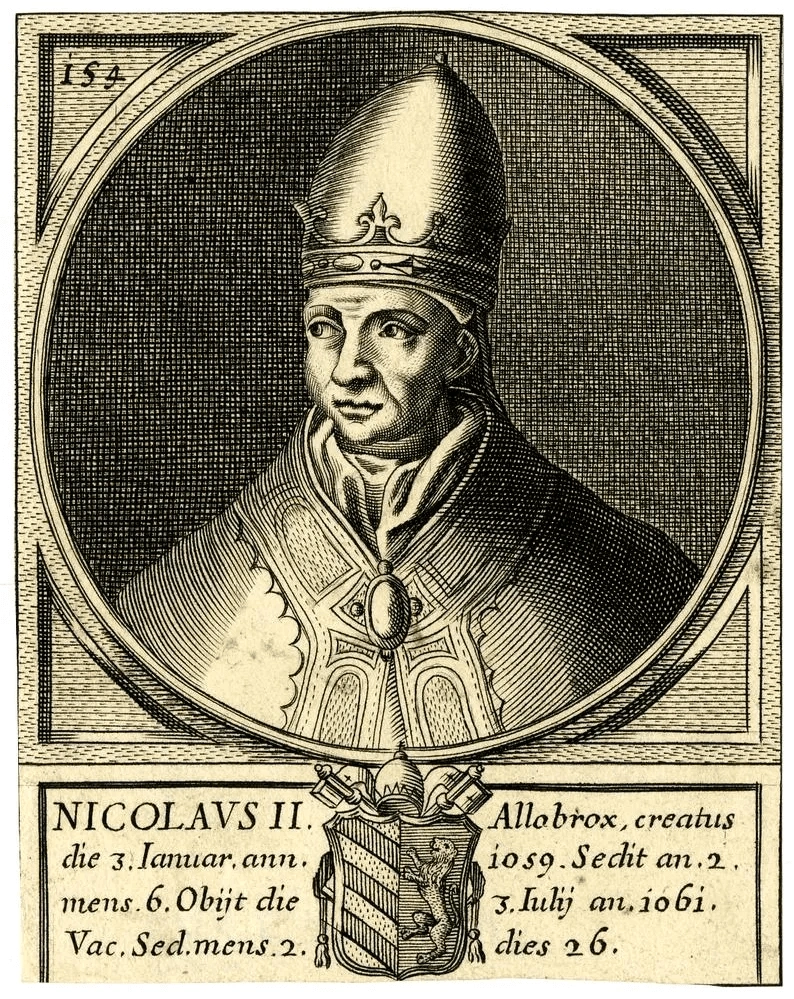
1059 AD
In Nomine Domini issued by Pope Nicholas II
This decree establishes cardinal-bishops as exclusive electors of the pope, developing further what we today recognize as the Conclave.
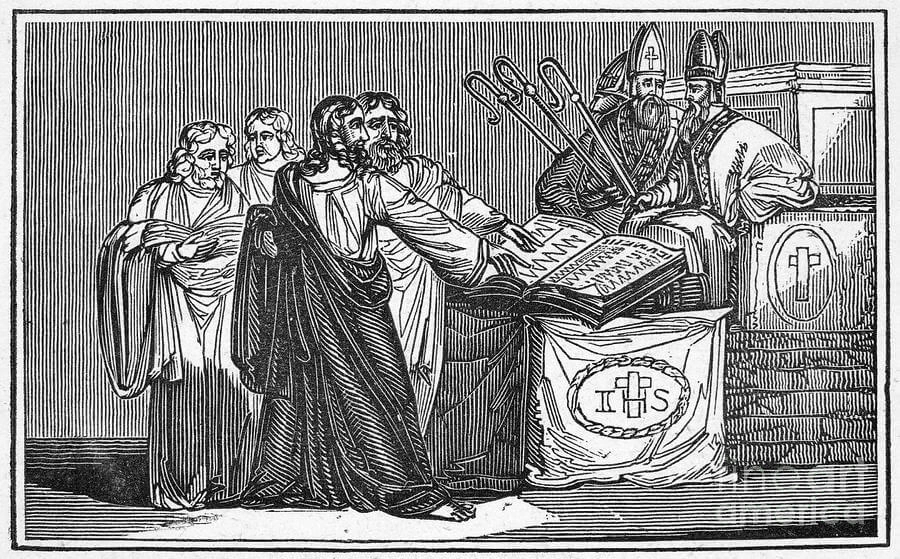
1179 AD
Third Lateran Council requires two-thirds majority
Formalizes supermajority vote in papal elections to prevent schisms.

1241 AD
First conclave-like seclusion in papal election
Cardinals locked in a palace in Rome to hasten the election of Celestine IV.
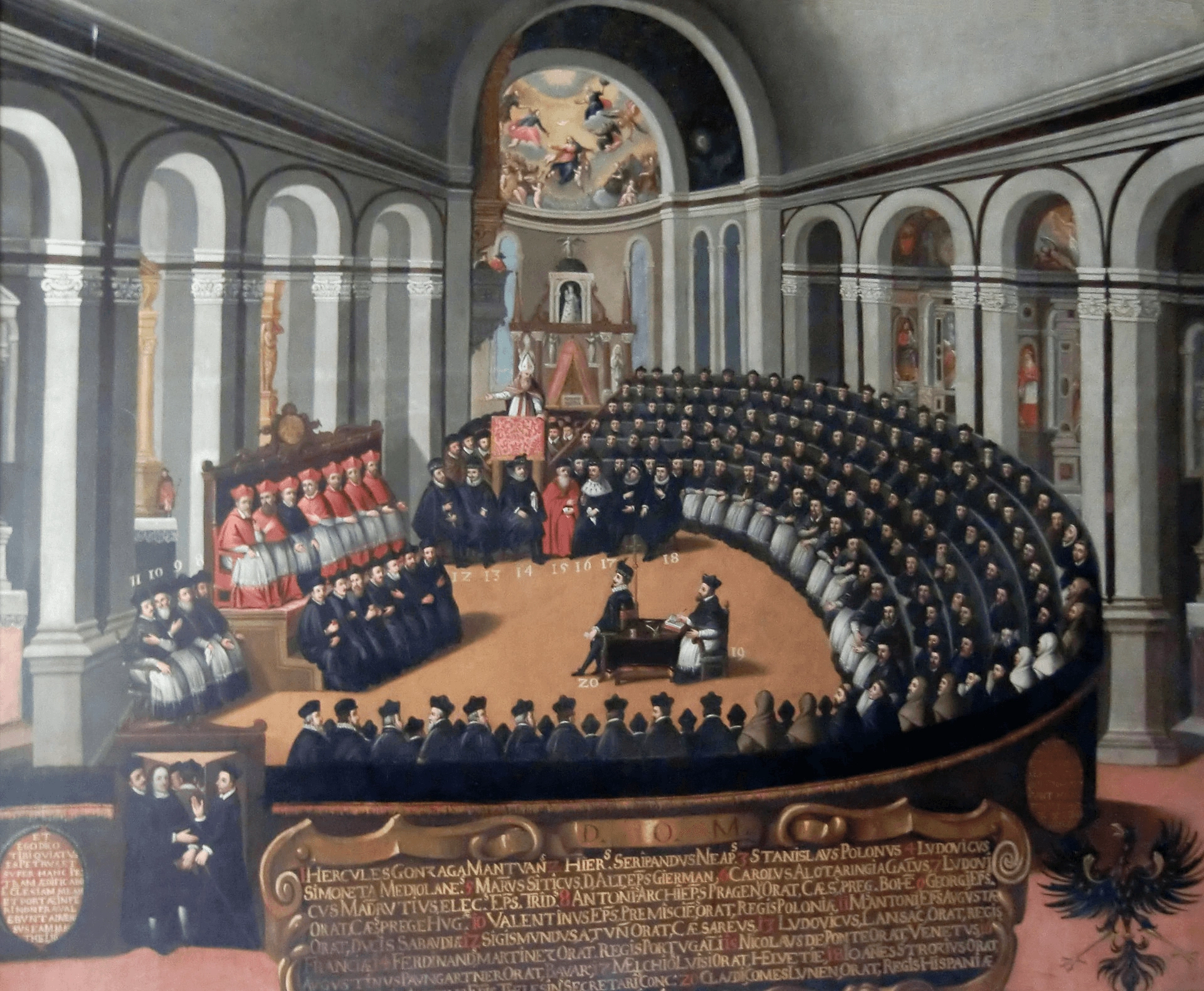
1274 AD
Second Council of Lyon formalizes the conclave
Gregory X mandates conclave procedures, including seclusion and limited communication.
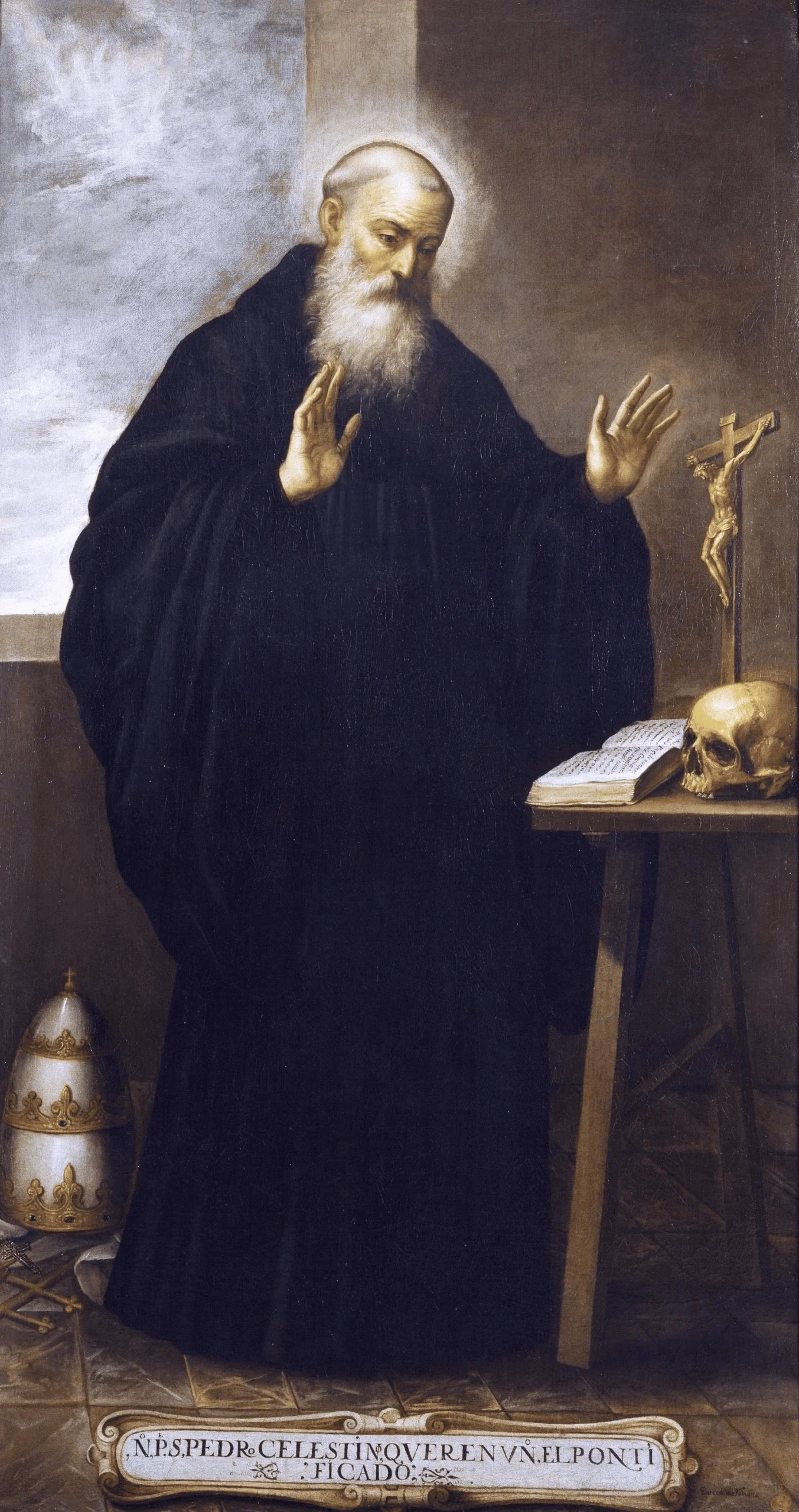
1294 AD
Celestine V elected, then abdicates
Unusual papal resignation sets precedent for rare, future papal abdications. The most recent resignation occurred in 2013 when Pope Benedict XVI stepped down.
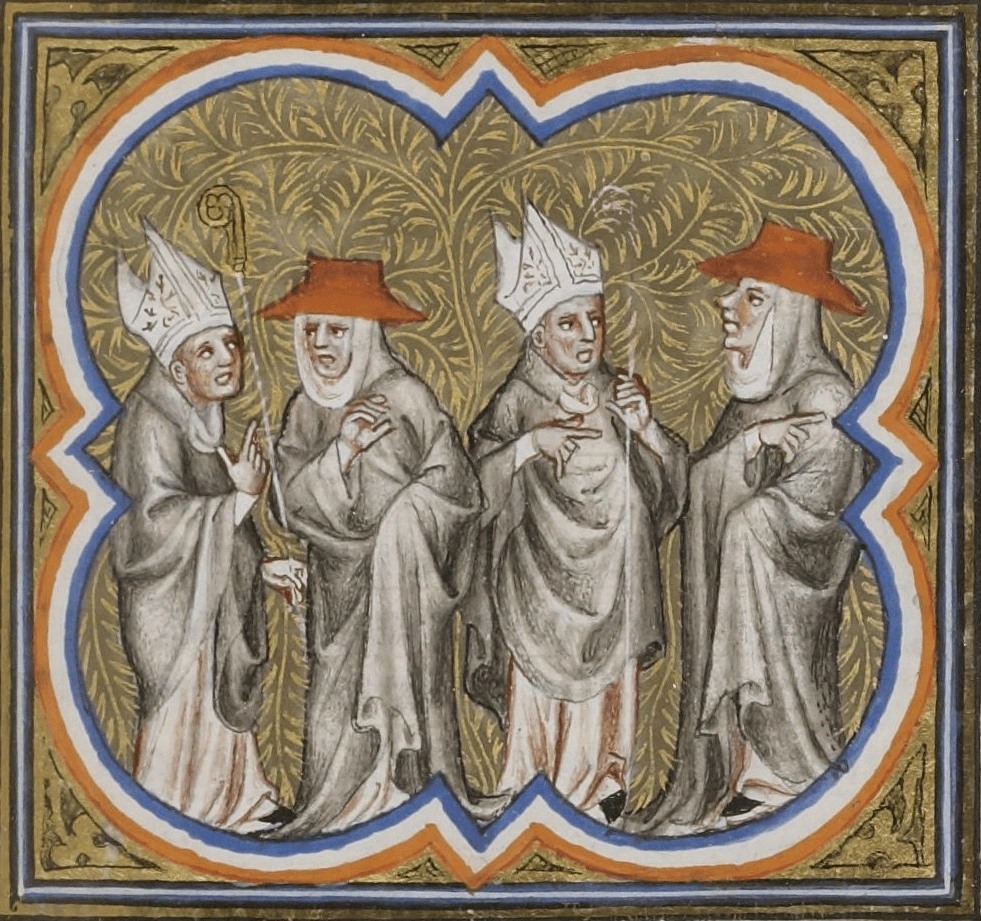
1378 AD
Western Schism begins
Rival popes elected; illustrates dangers of politicized conclaves and electoral disputes. Read more about the Avignon Papacy in our explainer here →
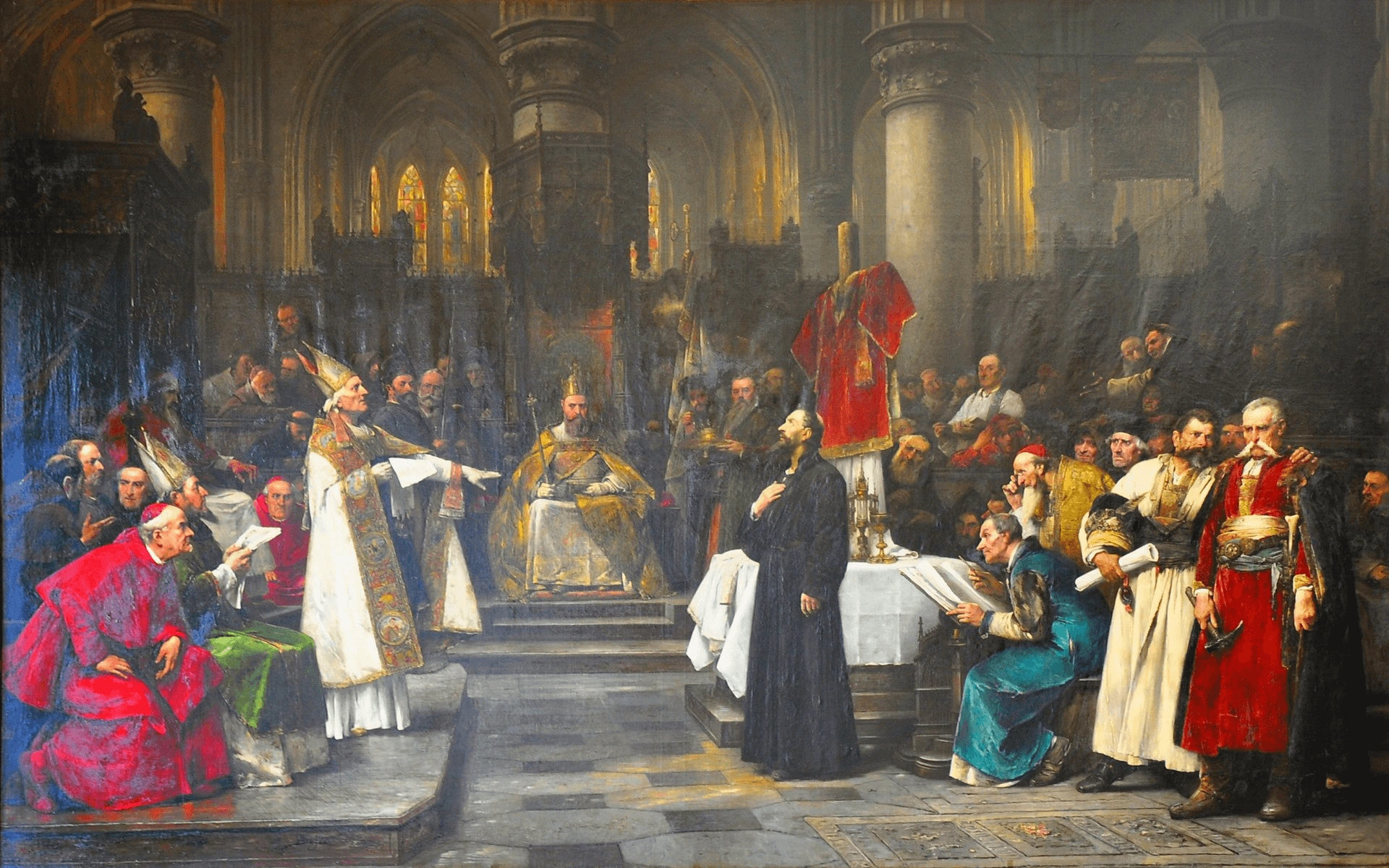
1417 AD
Council of Constance ends schism, elects Martin V
Single pope restored; conclave rules reaffirmed and Church unity preserved.
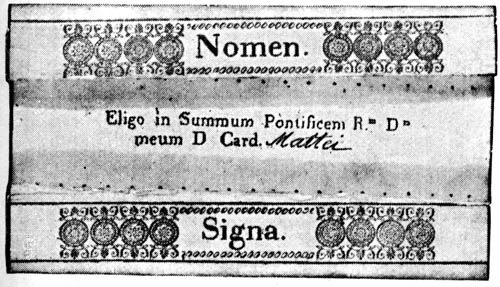
1621 AD
Use of paper ballots introduced in conclaves
First appearance of secret written ballots, increasing confidentiality in voting.
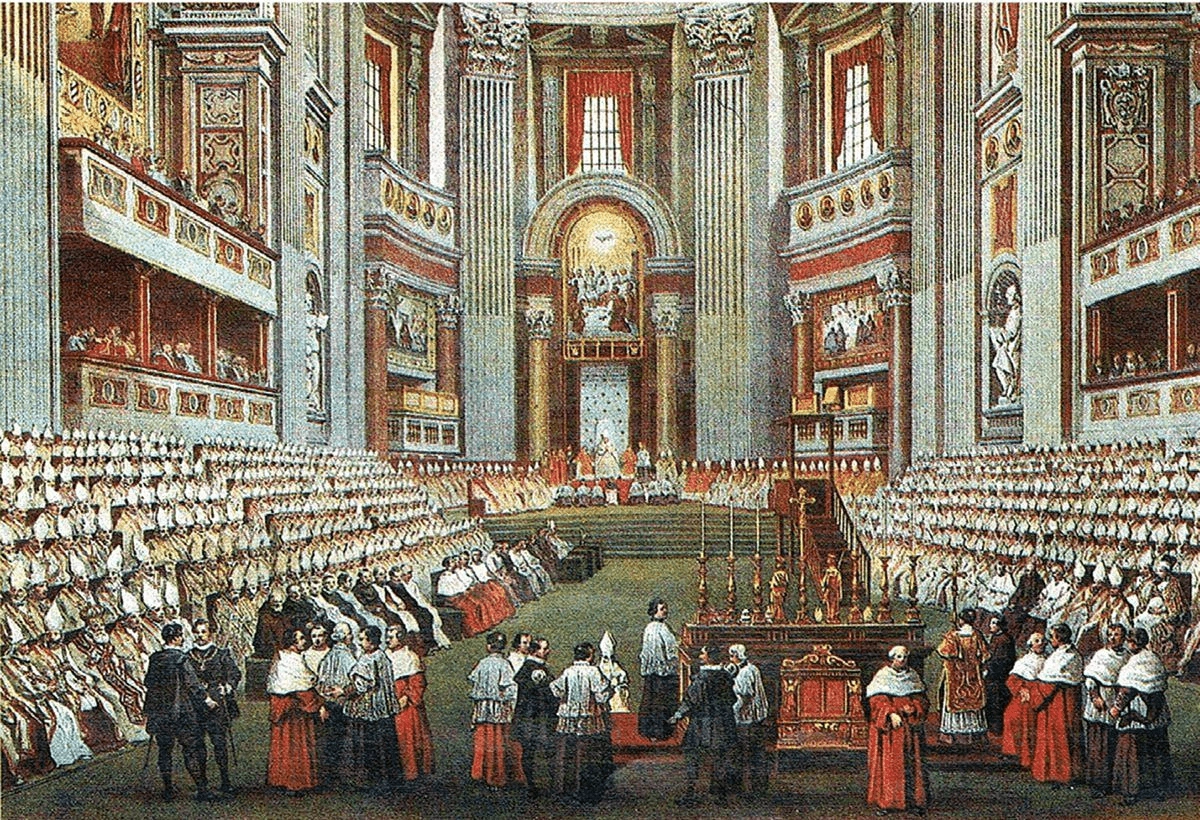
1870 AD
First Vatican Council asserts papal infallibility
Defines pope's doctrinal authority, reinforcing conclave’s global significance.
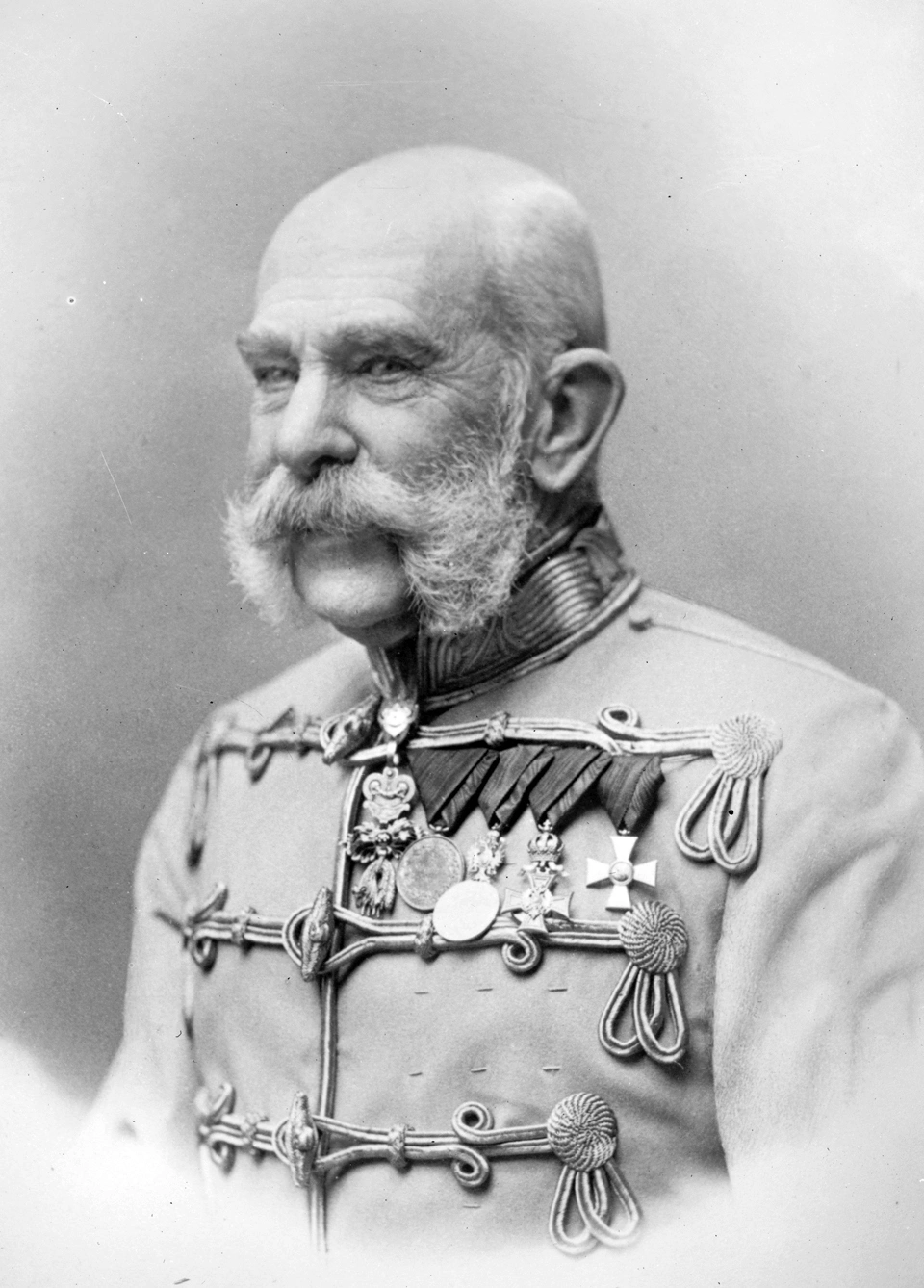
1903 AD
Franz Josef I, Emperor of Austria, uses Monarch’s Veto
Final use of jus exclusivae (monarch's veto) in a papal election. Pius X bans future vetoes, ending the involvement of European kings in the conclave.

1963 AD
Paul VI limits cardinal electors to under 80 years
This measure was instituted to ensure elector Cardinals are more active and able.
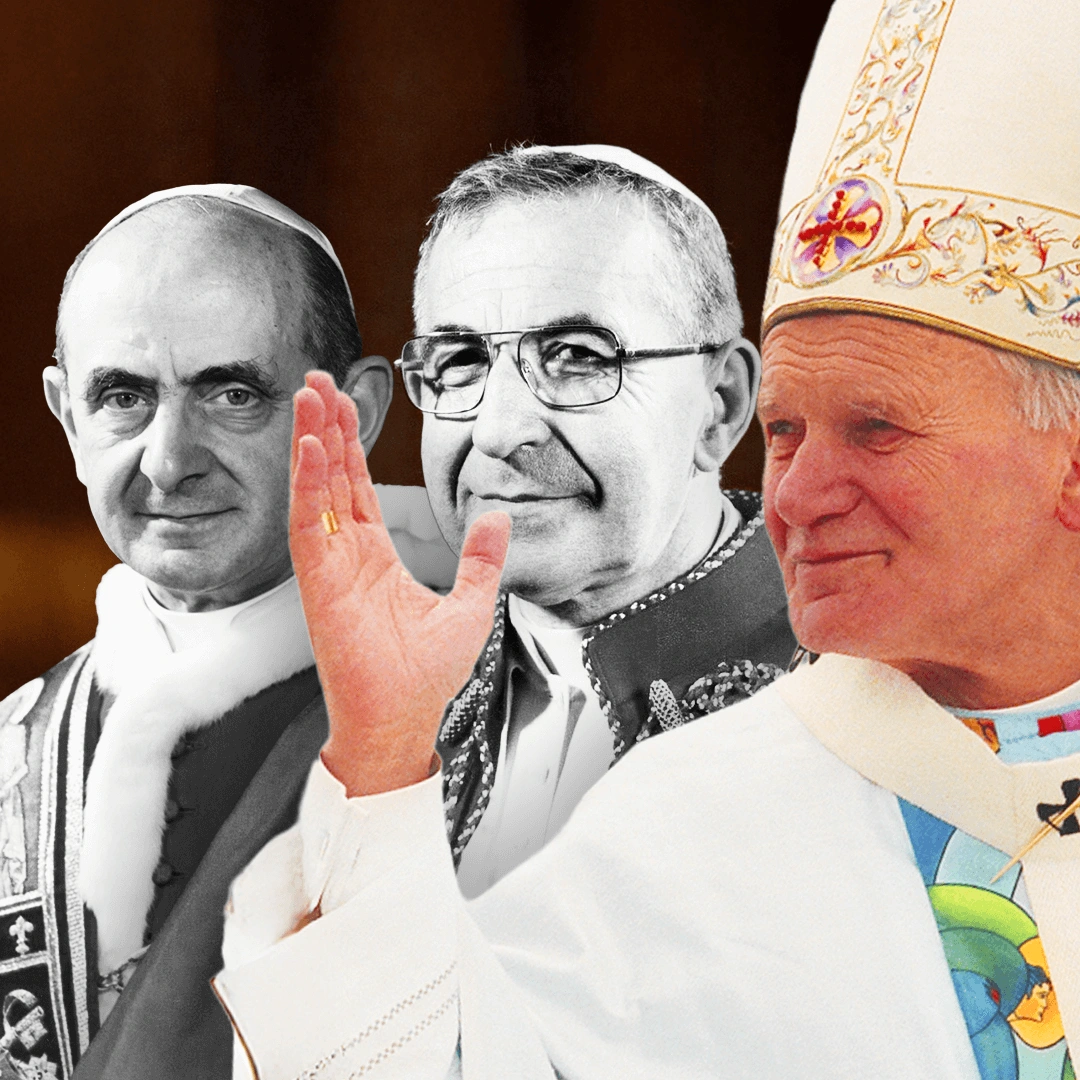
1978 AD
Year of Three Popes
Death of Paul VI, short reign of John Paul I, then election of John Paul II.
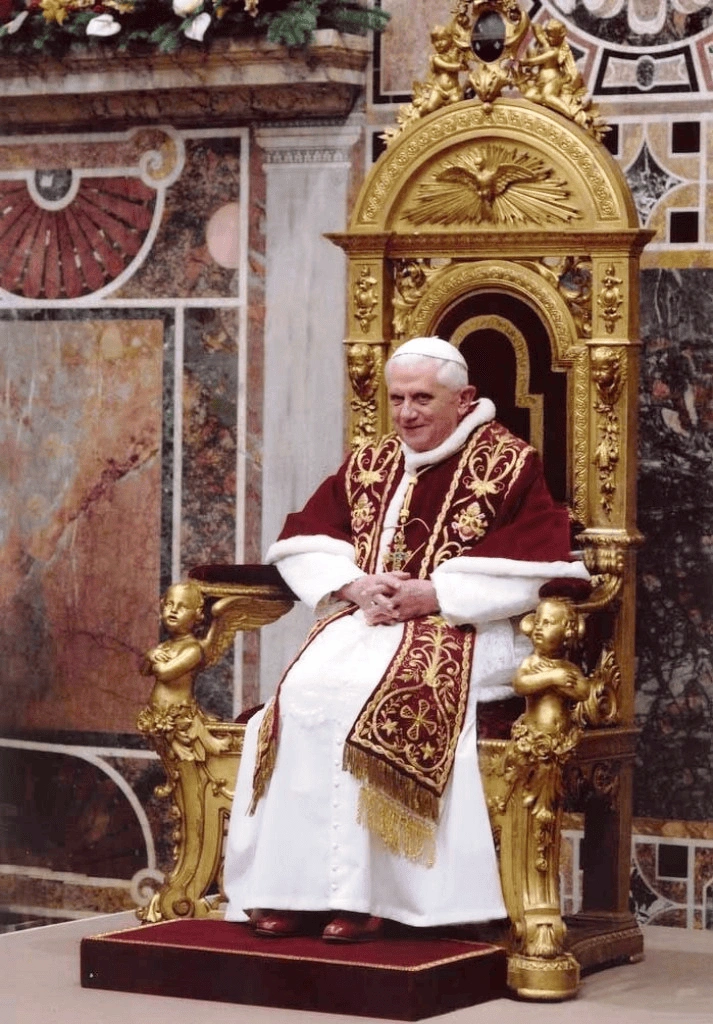
2005 AD
Benedict XVI elected after John Paul II’s death
First German pope in centuries; elected swiftly in a traditional conclave.
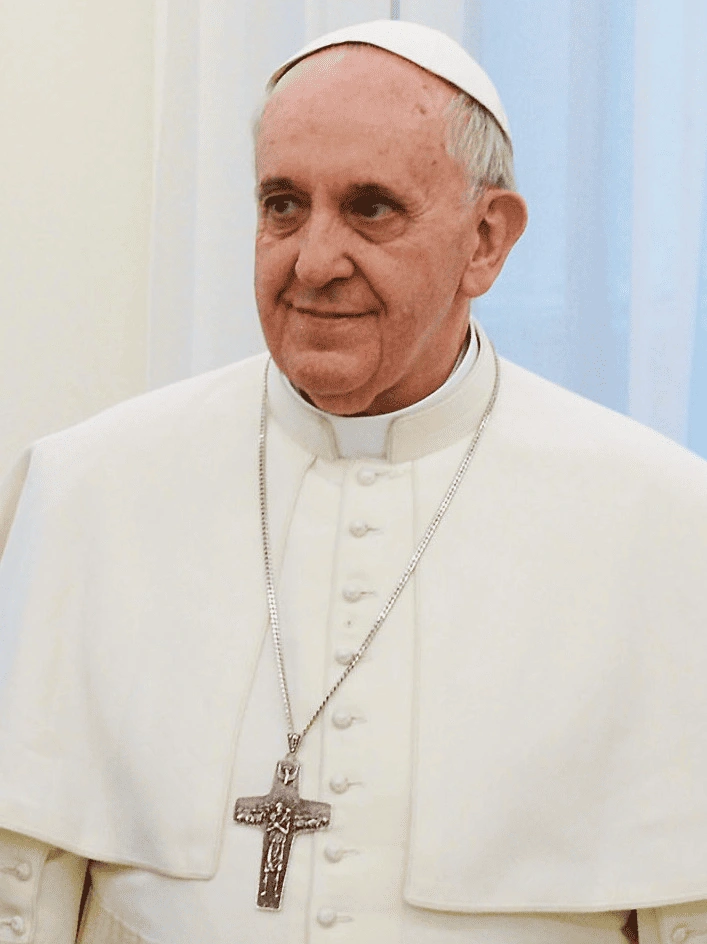
2013 AD
Francis elected after Benedict XVI resigns
First Jesuit and South American pope. A rare papal abdication leads to a historic conclave.
JUMP TO
Latest Articles

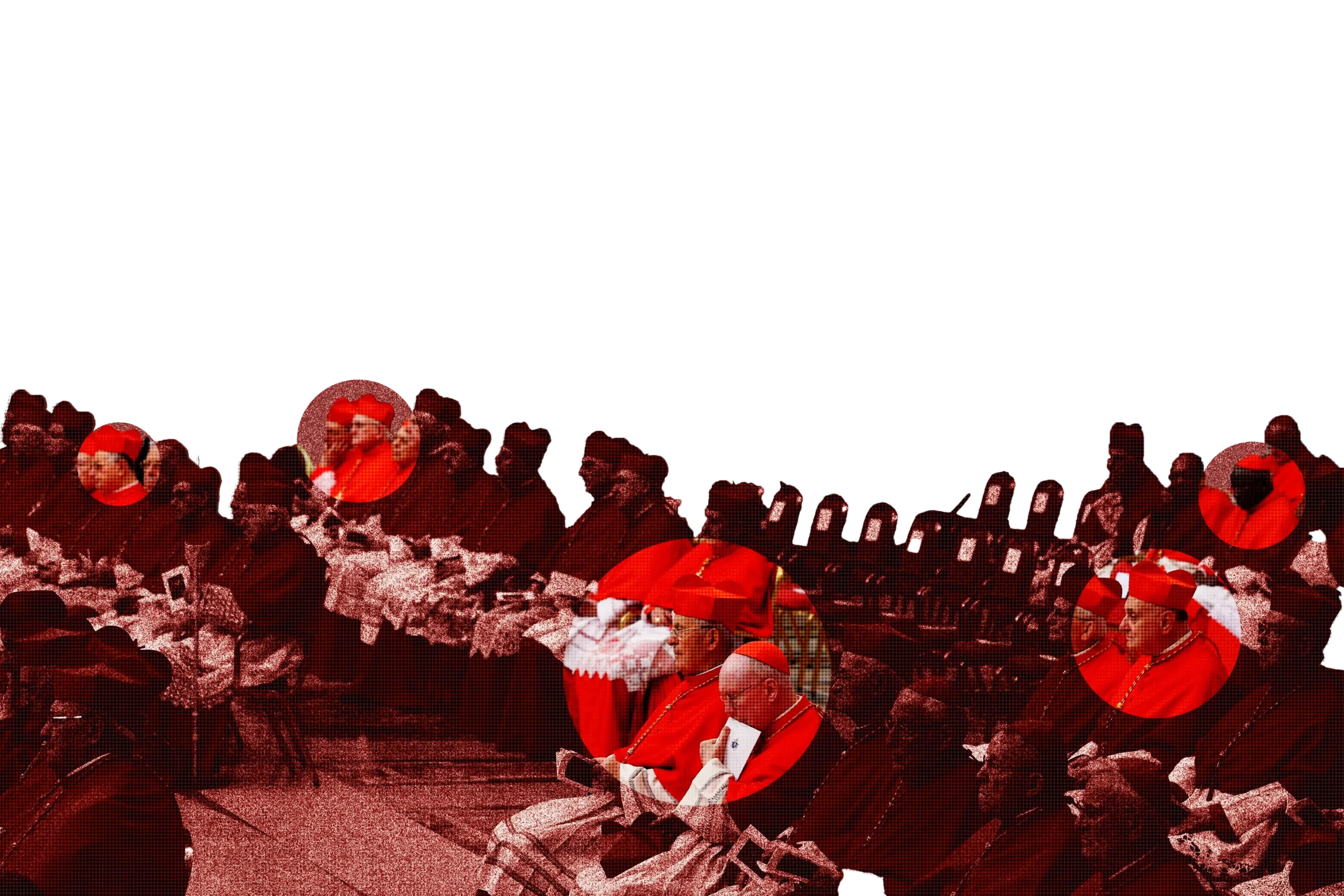
SmokeWatch
Be the first to know when the new Pope is elected
- 5-minute emails sent twice weekly
- Live Updates as news happens
- Learn about the Conclave, Cardinals, and Church History
SmokeWatch features live e-mail updates on all things happening with the conclave. When the smoke rises, you’ll be the first to know!


